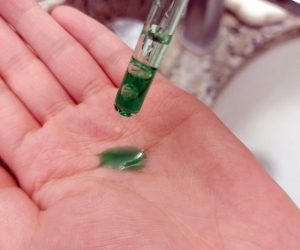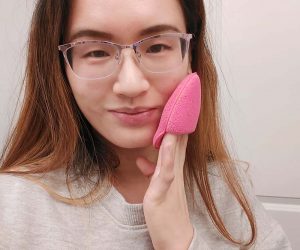 I find that skincare in the winter becomes very hard especially living in a dryer climate such as that in Alberta. Not to mention an uptick of eczema flare-ups and other irritated skin conditions that ensue with winter. My partner has a case of keratosis pilaris where dry rough patches and tiny bumps can be seen in the upper arms. Although some of these conditions may seem mild, it doesn’t translate for healthy skin in the long term.
I find that skincare in the winter becomes very hard especially living in a dryer climate such as that in Alberta. Not to mention an uptick of eczema flare-ups and other irritated skin conditions that ensue with winter. My partner has a case of keratosis pilaris where dry rough patches and tiny bumps can be seen in the upper arms. Although some of these conditions may seem mild, it doesn’t translate for healthy skin in the long term.
What are some things we can do to improve skin quality and texture in the winter? I recently found a few changes in my skincare routine has translated to better management of eczema flare-ups and oil gland over activity.
Switch to a thicker moisturizer
In the summer, when there’s ample moisture in the air, choosing a lighter, water-based formulation is a good choice. However, in the winter, whether we’re indoors or outdoors, the air is so dry that our skin needs something to trap the moisture and keep our skin moist the entire day. If we don’t use something to help retain moisture, our skin creates excess oils that trap the moisture (leading to pore clogging white heads and blackheads). My favorite moisturizers from the drug store are ones with emollients or materials that trap water in the skin.
Limit hot showers
Although hot showers sound like a blessing in the frigid months, hot showers actually dry out the skin. The outer layers of skin become damaged with hot water and prevent the outer cells from trapping the moisture. Use lukewarm or warm water and limit to 15 minutes to avoid irritating the skin.
Hydrate well
Hydration helps replenish lost water and improves moisture levels from within. However, even in our indoor environments, adding a humidifier will help prevent parched skin and promote better skin health. Avoiding beverages such as alcohol is also a good idea, as alcohol dehydrates and draws water into the kidneys and bladder which removes it quickly.
Still wear sunscreen
Even though the summer is a no-brainer for sunscreen, winter calls for sunscreen use as well. “But we’re indoors and there’s shorter daylight! Why do I need more sunscreen?” You might ask. In the winter UVB rays are less intense compared to the summer; however, UVB rays can still accelerate premature skin aging. Even if it’s not sunny outside, wearing a moisturizer with sunscreen will give you extra protection against harmful rays.

My partner’s keratosis pilaris is a condition that worsens in the winter from dyness. However, he has found that exfoliating with a lactic acid serum helps remove dead skin and improve keratosis pilaris.
Exfoliate your skin
In the winter, the skin cells dehydrate more quickly, and removing dead cells from the surface helps bring new cells to the surface. This should be done once a week and helps remove the top layer of skin. Avoid using harsh scrubs, but opt for acids such as lactic acid and salicylic acid to slough off dead skin gently.



